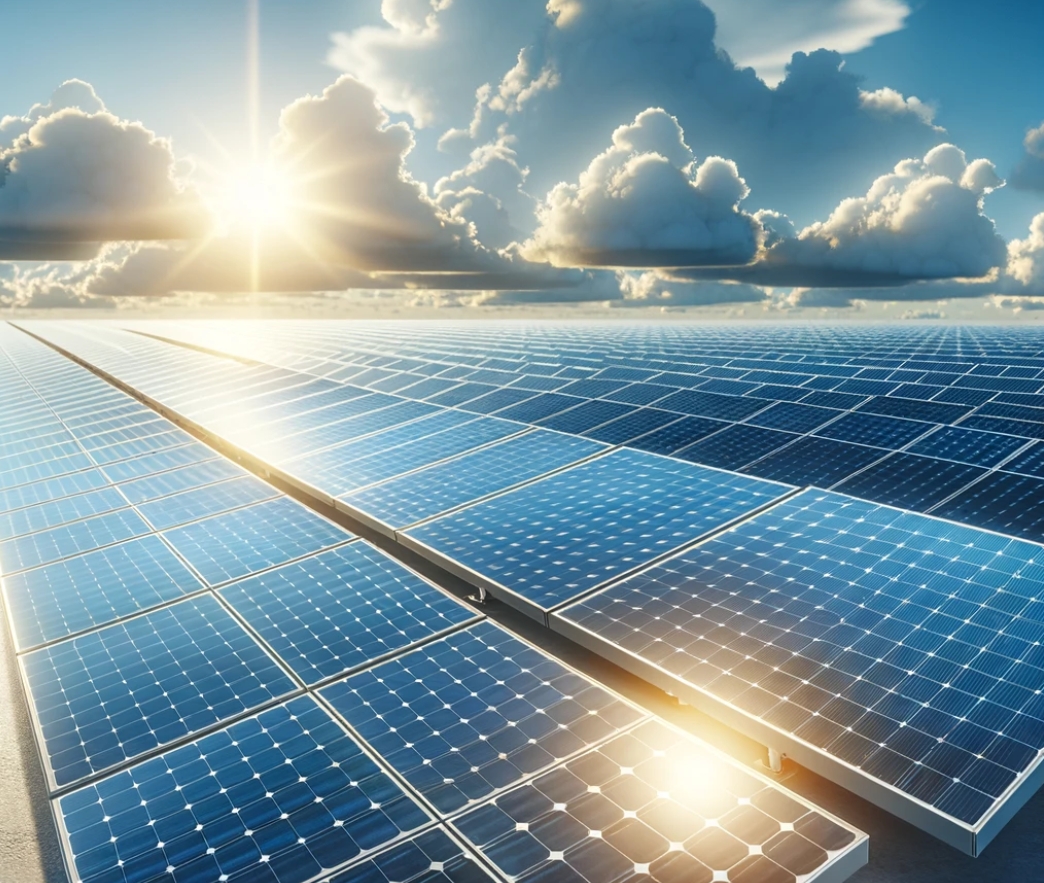
Conducting a cost-benefit analysis for solar panels in a business context involves a thorough examination of both the upfront costs and long-term benefits. Let’s break down the key factors:
1. Initial Investment Costs
- Panel Purchase: The cost of the solar panels themselves, which varies depending on the type and number of panels.
- Installation Fees: Costs associated with professional installation, including labor, wiring, inverters, and mounting hardware.
- Permitting and Inspection Fees: Local permitting costs and fees for mandatory inspections.
2. Operational Costs
- Maintenance and Repairs: Regular cleaning, occasional repairs, or parts replacement (like inverters).
- Insurance: Additional insurance costs, if applicable.
3. Financial Incentives
- Government Subsidies and Rebates: Many governments offer incentives for installing renewable energy sources.
- Tax Credits and Deductions: These can significantly offset the initial cost.
- Feed-in Tariffs: Compensation for the excess electricity fed back into the grid, if available.
4. Long-Term Financial Benefits
- Reduction in Energy Bills: The most direct benefit is the significant reduction or even elimination of electricity costs.
- Predictable Energy Costs: Solar panels provide protection against future energy price increases.
- Increased Property Value: Commercial properties with solar installations can see an increase in value.
5. Energy Production and Efficiency
- Energy Output: Assess the expected energy production based on the size and efficiency of the system.
- Payback Period: Calculate the time it will take for the energy savings to offset the initial investment.
- Return on Investment (ROI): Evaluate the ROI, considering the system’s lifespan and maintenance costs.
6. Environmental Benefits
- Carbon Footprint Reduction: Reducing reliance on fossil fuels contributes to lower greenhouse gas emissions.
- Sustainable Brand Image: Utilizing renewable energy can enhance the company’s public image and align with corporate social responsibility goals.
7. Risk Factors
- Technological Changes: Rapid advancements in solar technology could affect the value of the current system.
- Energy Needs and Growth: Consider whether the system can scale with the business’s growth.
8. Market and Regulatory Factors
- Local Energy Prices: High local energy costs make solar more attractive.
- Regulatory Environment: Consider the impact of future changes in energy policy.
Conclusion
For a business, investing in solar panels is not just a financial decision but also an investment in sustainability. The economic viability of solar panels for a business will depend on local energy costs, available sunlight, incentives, and the business’s energy consumption patterns. A detailed cost-benefit analysis should consider both the quantitative aspects (like ROI and payback period) and qualitative benefits (like environmental impact and brand reputation). Consulting with a solar energy expert and financial advisor can provide tailored insights based on the specific circumstances of the business.
